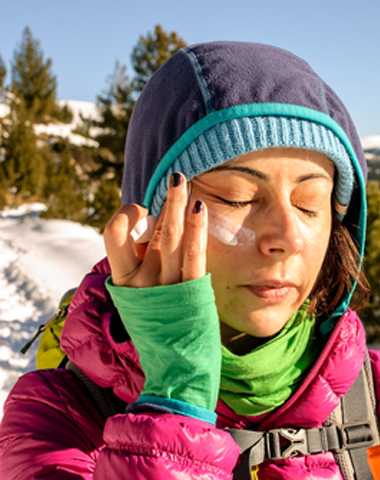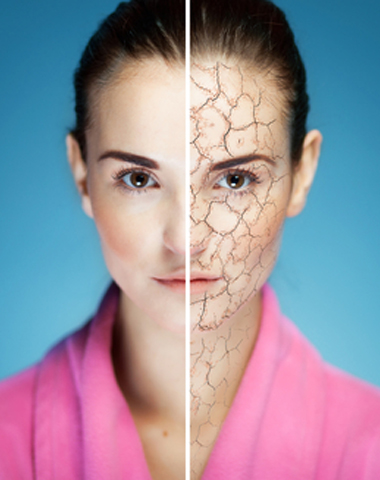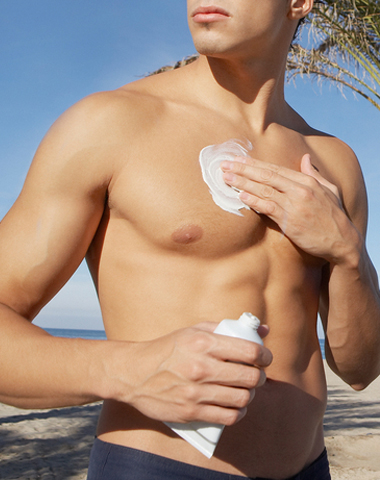When the sun starts disappearing and the weather shifts to the brittle cold and dry air, it’s easy to push your sunscreen in that little drawer until a more appropriate season materializes. The truth is, every season is appropriate for sunscreen. Your skin needs protection all year round despite the infrequency of sunlight and we’re sharing just why.
is, every season is appropriate for sunscreen. Your skin needs protection all year round despite the infrequency of sunlight and we’re sharing just why.
From an atmospheric perspective, the earth is closest to the sun during the winter. As such exposure to the sun’s rays is more severe than during the winter. The sun’s rays are equally damaging in winter as it is in summer in that the UV radiation reaches deeply into the skin. Additionally, the sun reflects on snow and ice. According to the U.S. Environmental Protection Agency the snow and ice can reflect up to 80 percent of UV rays, potentially causing wrinkles and more alarmingly, skin cancer.
To protect against winter exposure experts recommend a physical sunscreen protection. Physical sunscreen contains zinc oxide or titanium dioxide, and offers a much larger coverage than the chemical generic sunscreen. It is immediately effective and approved by the Food and Drug Administration. Zinc oxide is the most praised ingredient in physical sunscreen because it protects against all UVA and UVB rays. The product may ne a little bit messy but the coverage lasts long and the applications are less frequent.
To further protect yourself from the sun during the winter, consume foods that defend against UVA and UVB rays. Fruits and green vegetables that are high in antioxidants help fight damage from the sun. On the other foods that cause inflammation can have an adverse effect on sun damage.
The next time you’re heading out for your ski trip, grabbing groceries, or simply walking the dog, think about your skin and protect it. Make sunscreen and sun protection a part of all the products and foods you consume to contribute to your skin’s health.


















